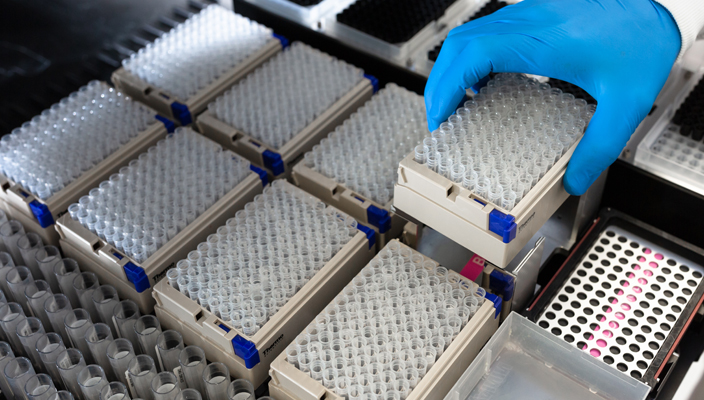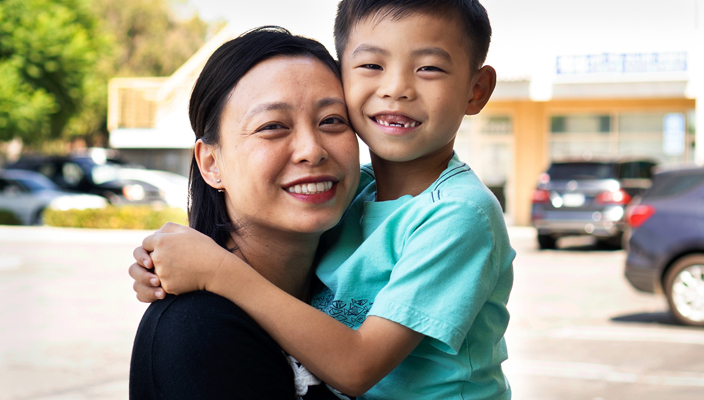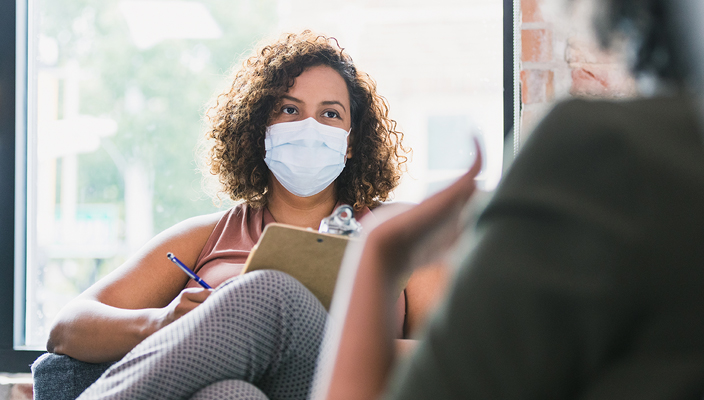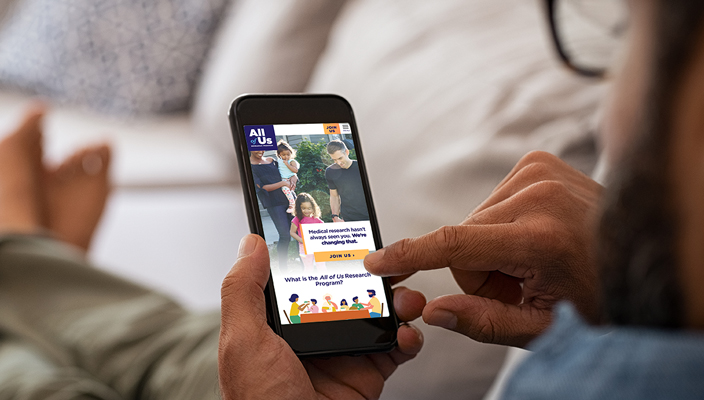Happy birthday to the All of Us Researcher Workbench! Researchers have been using All of Us data for a whole year. Right now more than 500 projects are underway! You can read the project descriptions here. With the data our participants generously provide and the work researchers are doing, we’re learning more about health every day. Thank you to All of Us participants for making this possible!
The Researcher Workbench is a one-stop shop for researchers who want to use All of Us data. It contains information from health records that participants have shared, such as their medical history and medicines. It also contains survey responses and physical measurements. The measurements include height, weight, heart rate, and more. Later this year, we’ll add genomic data to the Workbench.
The Workbench also has tools to help researchers use the data. For example, researchers can use the tools to select data that are relevant to their study. They can also use tools in the Workbench to analyze the data. And the Workbench includes FAQs and videos to help researchers find their way around.
“The fact that there is this interface—where there’s already a portal that has graphics and numbers and pictures and a help desk and FAQs—was really exciting,” says Joyce Ho, Ph.D. Dr. Ho is a research associate professor at Northwestern University’s Feinberg School of Medicine. She also leads Northwestern’s local All of Us program.
Dr. Ho says that in her past work, she had to either collect her own data or bring her own statistical tools to use existing data. With the Workbench, the data has already been collected. The Workbench contains more data than a researcher would be able to gather alone. And having the tools and data together will make it easier for a variety of researchers to use them. “We want this Workbench to be usable for as many people as possible,” Dr. Ho says.
Right now, the Workbench is still in its beta phase. That means only researchers from certain organizations can apply to use the data. But in the future, we plan to open the Workbench to a much broader group of researchers, such as students, teachers, and citizen scientists. (Read about the steps we have in place to protect our participants’ privacy.)
Nyia Noel, M.D., M.P.H., looks forward to opening the Workbench to the broader group. “I think it will be really interesting to partner with citizen scientists,” she says.
For now, Dr. Noel is working on a couple of demonstration projects in the Workbench. Demonstration projects are one way we’re checking our data and tools. For example, one of Dr. Noel’s projects is looking at rates of high blood pressure disorders during pregnancy. She will compare the rate she finds with rates from previous studies. If the rates are similar, that’s a good sign. It suggests that when researchers use our data for new studies, they’ll get results that we can trust.
Dr. Noel is an assistant professor in the Department of Obstetrics and Gynecology at Boston University School of Medicine. “Across America, women of color and their babies consistently have worse health outcomes than their white peers,” she says. Working with pregnant women at a hospital, she sees those differences firsthand. That’s one reason Dr. Noel was excited to get involved with All of Us. She wanted to bring more people into research from groups that have been left out in the past. And she wanted to study how racial disparities affect people’s health. Racial disparities are differences in social, economic, and other conditions between different racial groups.
Dr. Noel notes that about 75% of the participants who have data in the Workbench are from groups that have been left out of research in the past. “This gives us an opportunity to conduct research in a much more representative way,” she says.
Learn more about Dr. Noel’s work with All of Us.
Visit the Researcher Workbench website to learn more about all it offers for researchers in our All of Us community.










